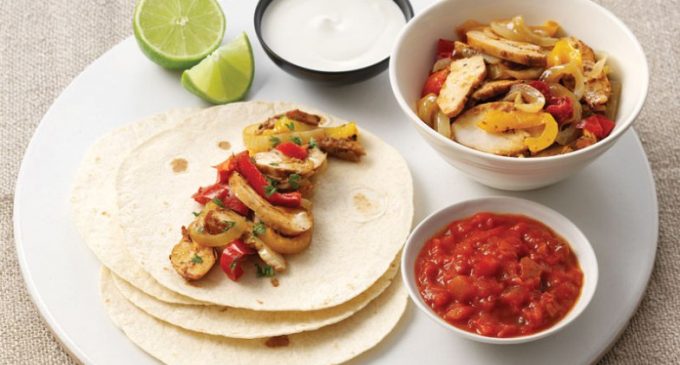New Report Highlights Key Opportunities and Challenges For Hospitality Sector

Two thirds of consumers (63%) remain nervous about the idea of eating out, despite restrictions easing, according to the latest shopper insight from IGD. The newest report from the ‘Shoppers of Our Time’ research, a series following 30 households through COVID-19 and beyond, explores the changing attitudes towards eating out and shopping post-lockdown.
Concerns surrounding the health and safety aspects of eating out are the biggest barrier for nervous diners eating out, with 81% saying they’ll need to be confident about hygiene measures in restaurants before they consider this option.
Simon Wainwright, Director of Global Insights at IGD, says: “With consumers hesitant about going out to eat, foodservice providers will need to demonstrate the safety measures they are taking while providing a relaxing and enjoyable environment. Maintaining this balance is going to be exceptionally difficult for some operators with physical space constraints.”
While many consumers claim they are just biding their time before eventually going to a restaurant, a significant number will still need ongoing reassurance in the long run. Among those who are nervous about eating out, 71% say they will wait a few weeks before going to a restaurant.
Saving money is one of the biggest reasons for staying in, with nearly half of consumers (49%) saying they will eat out less for this reason, rising to 62% among younger groups (18-34-year olds). Shoppers are also enjoying the social benefits of eating at home, with 46% saying they’ll opt for preparing more meals at home for friends and family rather than going out.
Simon Wainwright continues: “As well as trying to incentivise consumers out of home, there is also an opportunity for foodservice providers to offer compelling in-home options at a good price in the meantime, as well as takeaway or delivery services longer term. With the Government’s Eat Out to Help Out scheme starting this week, we should start to see some bounce back among those who cite cost as a barrier for eating out.”
Looking ahead, the majority of shoppers (81%) are worried about a second spike of COVID-19 and thinking about their shopping options. Notably, 58% of shoppers say they will try and shop online more in the event of a second spike, while 36% say they will stock up on certain items, with 25-54-year-olds most likely to do this.
The uncertainty for the next few months will likely impact upcoming seasonal events, with 56% and 42% of shoppers respectively saying they’ll be less likely to go to a public event for bonfire night or take part in trick-or-treating for Halloween as a result of COVID-19.
For more insights into the changing behaviours and attitudes of shoppers during lockdown, visit shoppervista.igd.com

































